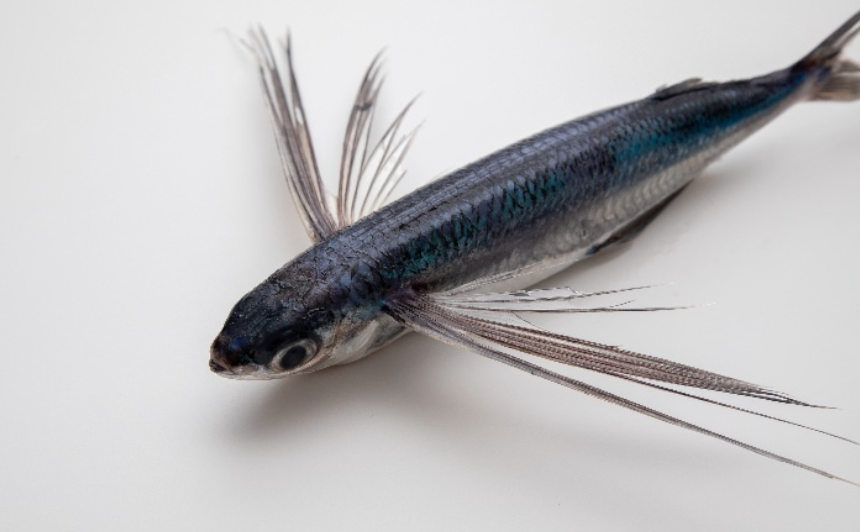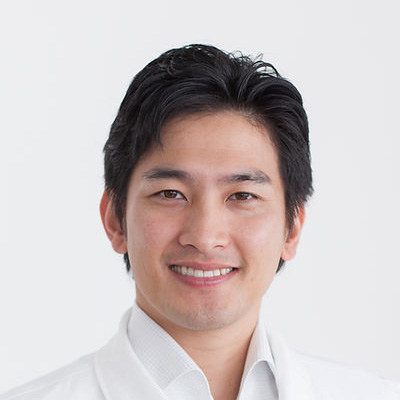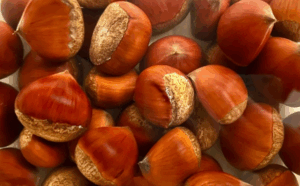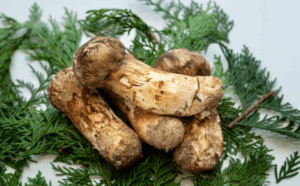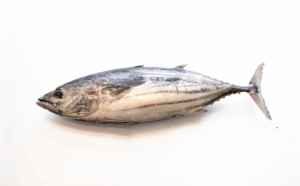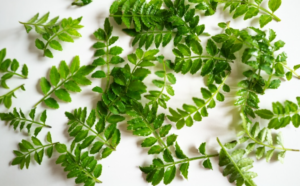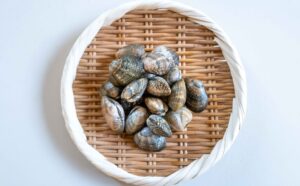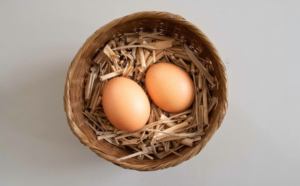July-”Flying Fish”
Flying fish (”Tobiuo”) are in season during the summer.
When you’re out on a boat on a hot summer day, the chances are you might see fish flying high and racing along at about the same speed. These are flying fish.
Like gliders, they spread their fins and can go long, impressive distances—sometimes as far as 100 to 120 meters, or about 330 to 400 feet!
They are also perfectly edible, and their light and mild flavor makes them an all-time favorite in Japan. When preparing them, you would want to first remove their developed pelvic and tail fins that are meant for flying.
While fresh, they make great sashimi as well. The taste goes with all kinds of dishes, like fish meatballs (tsumire), grilled meals, etc. And there’s more: the bones make great broth too! “Ago-dashi” Is a popular soup stock made from flying fish.
When you’ve got fresh flying fish, you would want to lightly sear it with the skin on and serve it with seasonal citrus like “sudachi.” This makes for a refreshing summer “namasu” (vinegared dish) that nicely captures the flavor of the season.

